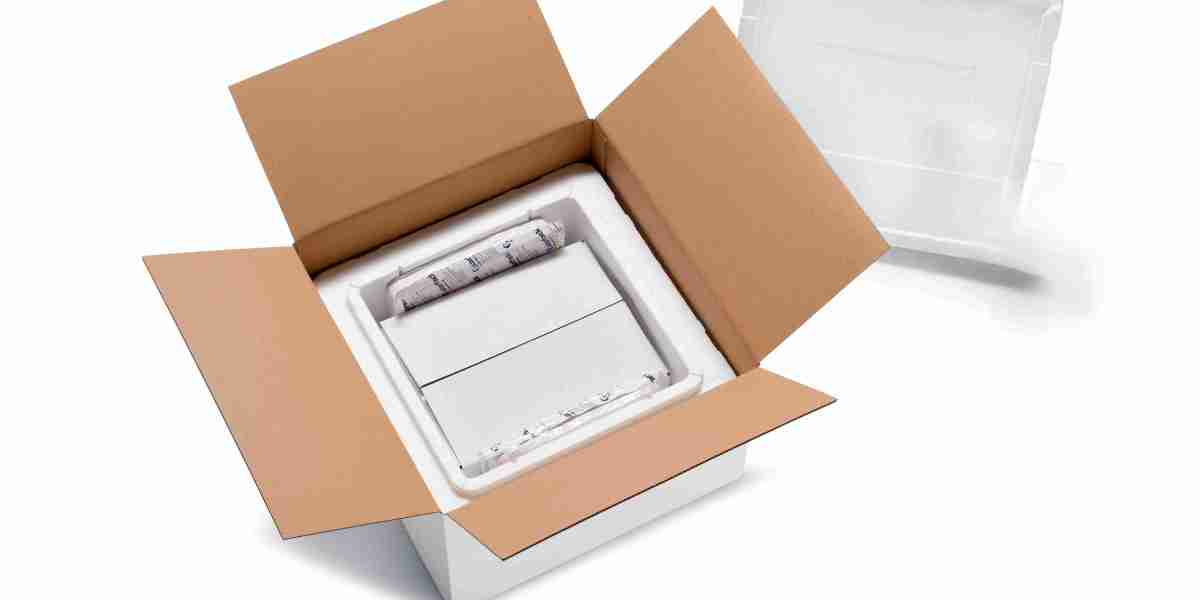What Is Automotive Sound Deadening?
Automotive sound deadening refers to the use of materials that minimize noise and vibration inside a vehicle. It targets areas where sound typically enters or echoes—like metal panels, floors, doors, and wheel wells—by adding mass and dampening properties that reduce how sound travels through them.
Instead of completely “soundproofing” a vehicle (which is difficult), deadening focuses on lowering noise levels and controlling vibrations, especially those caused by engine rumble, tires, road debris, or your own audio system.
Why Sound Deadening Matters
Even the most high-end audio setup can’t perform well in a noisy, echo-filled environment. That’s why deadening your vehicle offers multiple benefits beyond simple noise control:
Clearer sound from your speakers
A more refined and luxurious ride feel
Reduced driver fatigue during long trips
Fewer rattles and panel vibrations
Improved resale value in many cases
It’s especially important for older cars, work trucks, and any vehicle where road noise is noticeable—even at low speeds.
Types of Automotive Sound Deadening Materials
There are several types of materials used in automotive sound deadening. The best results often come from combining more than one type:
1. Butyl Rubber Mats
These thick, adhesive-backed sheets are applied to panels to dampen vibration. Often layered with foil, they stick well and resist heat, making them ideal for doors, floors, and trunks.
2. Closed-Cell Acoustic Foam
Used to absorb airborne sound inside the cabin, this lightweight material is often placed over rubber mats or in headliners to reduce echo and reflection.
3. Mass Loaded Vinyl (MLV)
MLV is a dense, flexible barrier that blocks sound transmission. It’s excellent under carpets or behind rear seats for blocking engine and exhaust noise.
4. Spray-On Sound Deadeners
These are liquid materials that harden to form a vibration-dampening layer. Great for complex areas like wheel wells or firewalls.
Each material serves a purpose, and depending on your goals, you can treat specific areas with the right product or use a comprehensive approach.
Key Areas to Apply Sound Deadening
To maximize the benefits of automotive sound deadening, focus on high-impact zones:
Doors – Reduce wind noise and enhance speaker performance.
Floor & Firewall – Minimize engine and tire noise entering from underneath.
Roof – Dampen rain impact and high-speed wind turbulence.
Trunk – Especially useful if you have subwoofers or drive a hatchback.
Wheel Wells & Quarter Panels – Block out debris noise and exterior vibration.
You can treat one section at a time or go for a full-vehicle application for the most noticeable difference.
Step-by-Step: How to Apply Automotive Sound Deadening
Doing it yourself is possible, especially with peel-and-stick materials. Here’s how the basic process works:
Disassemble the area you want to treat (e.g., remove door panels, carpets, trim).
Clean the surface thoroughly using isopropyl alcohol or a degreaser.
Measure and cut your sound deadening material to fit the panel or floor.
Apply the material and press it down using a roller to eliminate air pockets.
Reassemble the area once the material is secure.
Taking your time and using quality materials ensures the best results—and reduces the risk of future peeling or poor performance.
What to Consider Before Starting
Before investing in an automotive sound deadening project, think about:
Your budget – Prices vary based on brand, quality, and how much material you need.
DIY vs. professional installation – Simple areas like doors can be DIY’d, while full-floor or firewall treatments might require a pro.
Vehicle type – Larger vehicles (SUVs, vans, trucks) often benefit the most from deadening, but they also require more material.
Goals – Are you reducing noise, improving audio, or both?
Starting with high-impact zones (like doors and trunk) is a smart way to ease into it before committing to a full treatment.
Top Benefits in Real-World Driving
Automotive sound deadening isn’t just theory—it delivers tangible improvements:
Less background noise during calls and conversations
Noticeably tighter bass and clearer midrange from car speakers
A quieter ride that feels more high-end, even in budget vehicles
Improved focus for the driver, especially on long commutes
Many drivers say sound deadening has the biggest impact per dollar—especially compared to other vehicle mods or audio gear.
Final Thoughts
Automotive sound deadening is a smart investment for anyone who wants to enhance their car’s acoustics, block out distractions, and add a layer of refinement to daily driving. With the right materials and installation approach, you can dramatically reduce noise levels, eliminate vibrations, and bring out the full potential of your sound system.
Whether you choose a full-coverage kit or tackle one section at a time, the payoff is clear: better sound, better comfort, and a better ride overall.




